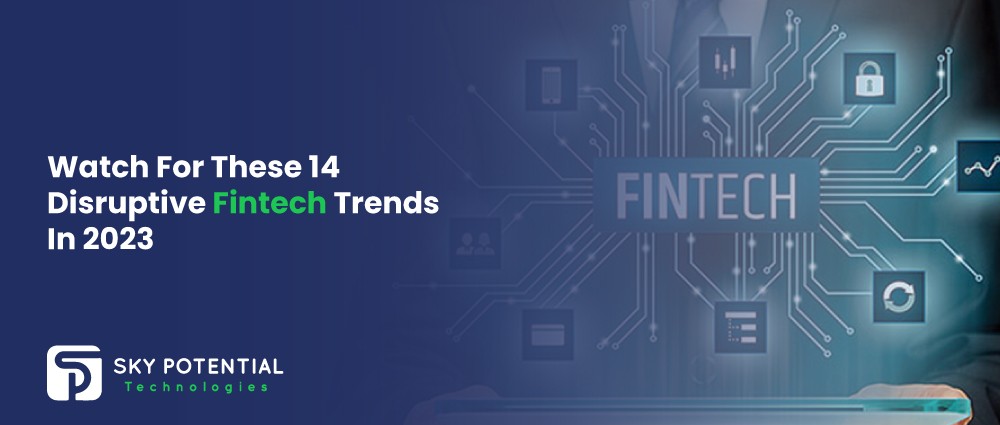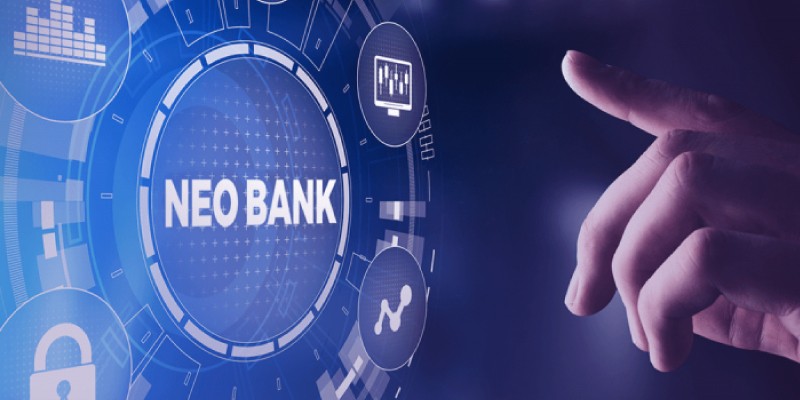- AI

Artificial Intelligence

Smart Products & Services
We follow Smart Products & Services

Intelligent Business Functions & Processes
We follow Intelligent Business Functions & Processes

Robotic Process Automation
We follow Robotic Process Automation

Personalized
healthcareWe follow Personalized healthcare

Identifying at-risk patients
We follow Identifying at-risk patients

Optimized routing and scheduling
We follow Optimized routing and scheduling
- ML

Machine Learning

Predictive
AnalyticsWe follow Predictive Analytics

Service Personalization
We follow Service Personalization

NLP
We follow NLP (Natural Language Processing)

Stock Market Forecasting
We follow Stock Market Forecasting

Fraud Prevention
We follow Fraud Prevention

Recommender engines
We follow Recommender engines
- blockchain
- IOT

Internet of Things
- AR
- Business Solutions

Business Solution

Business Performance Management
We follow Business Performance Management

Decision Making & Big Data Analytics
We follow Decision Making & Big Data Analytics

Enterprise Data Management
We follow Enterprise Data Management
- Apps

Apps

Native Apps
We follow Native Apps

Cross Platform Apps
We follow Cross Platform Apps

Web Apps
We follow Web Apps

Hybrid Apps
We follow Hybrid Apps

Cloud Native Apps
We follow Cloud Native Apps
- Lab

Watch For These 14 Disruptive Fintech Trends In 2023
Because of the COVID-19 pandemic that appears two years ago, the banking sector goes under a lot of stress. But getting past these problems has led to more technological progress and new ideas, which has helped banks improve their services to customers.
According to the most recent research, the global financial services industry will reach about $28.115 trillion in 2023 at a CAGR of 8.8%.
So to stay relevant, it becomes essential for the financial technology sector to adapt to a wave of changes and new ideas. These new thoughts were brought on by changes in how customers act, the rise of new needs, and the ability to work from home.
So here in this blog by Sky Potential UK, the top IoT technology strategy and artificial intelligence services providers gather a list of the top trends in the fintech sector. Here we will focus on the 14 technologies that have the most prospective to revolutionise the market by 2023:
1. Opening Banking
The idea of “open banking,” which uses open API technologies, changes the way customers interact with banks and makes financial services more valuable. About 3.9 million people go for open to manage their finances. As this financial technology becomes more popular, this number is expected to grow steadily and hit 63.8 million by 2024.
The best thing about it is that users can put all of their account details, activities, transactions, and expenses on one platform and manage them all from there. Using an app also makes it easier for people to keep track of their spending and stick to a budget, which helps them save more money.
One of the biggest benefits of one of the most popular fintech trends right now for financial companies is that by getting access to this data, they can do a deeper analysis of the financial habits and behaviour of their users. Also, these trends can offer businesses more specialised goods and personalised deals that meet their needs, especially for attracting and keeping customers.
2. Analytics and Big Data

In 2023, big data and analytics will still be one of the top three fintech topics for businesses. Most businesses try to gather all data streams that come in and handle those using different analytics.
Many good things could happen, such as:
- Making decisions faster: Using different research tools, it is possible to draw immediate conclusions from data streams.
- Reducing costs: Carefully looking at each part of regular business tasks helps find better ways to do business.
- Customer satisfaction: Companies can make new products that better meet their needs by looking at how customers act over time.
3. RegTech (Regulatory Technology)
RegTech is one of the most essential parts of the quickly developing fintech business. It utilises Natural language processing (NLP), and predictive analytics to combine a subset of financial technology. Its aim is to make it easier and sooner for banks and other financial institutions to come across all their regulatory responsibilities, which will reduce costs and risks.
RegTech is a kind of technology used a lot in banking, but it can also be used in a wide range of other fields such as commerce, healthcare, quality assurance, and legislation. Recent statistics show that this growing sector will probably bring in $21.73 billion by 2027.
4. Blockchain

Blockchain, the most crucial innovation in financial technology, has continued to change the banking industry. It ensures that data is secure from start to finish, stopping cyberattacks, making transactions faster, and lowering running costs.
Blockchain is disrupting the banking sector and transforming everything from payment transactions to how you can raise money raised in the private market.
5. Virtual Cards
Due to the rise in cyberattacks, a new way is vital to keep account information safe for online payments. Virtual 16-digit cards, which are usually only good for a short time, came about as an alternative payment method to help customers protect their private information.
Virtual cards are safe, last a long time, and stop working as soon as the deal is done. Also, people can use it as a backup way to pay if there is a decline in a regular card. Businesses use virtual cards more often because they are easy to get and use. This is because financial technology is developing quickly.
By 2026, virtual card purchases are expected to be worth $6.8 trillion.
6. Cloud Computing

The cloud-based service is changing the financial technology industry in a big way. Customer experience increased scalability, speed to market, security, and data insights help Fintech businesses to quickly roll out new services while keeping their competitive edge.
By taking chat servers and other services out of an on-premise setup, companies can work faster and more cheaply while still using cutting-edge technologies.
Businesses have access to analytics tools that are getting more and more advanced. These tools are helping businesses better understand how their customers behave, offer custom-built services, and automate processes.
7. DeFi
Because the technology behind cryptocurrencies has so much promise, they were often in the news the year before.
Businesses can go for blockchain for more than just money transactions like to protect other types of data. For example, using this technology has a big good effect on data access, identity protection, and payment reconciliation.
Decentralised finance, or DeFi, is one of the latest thoughts in fintech. It tries to set up independent protocols (rules) for managing money without the help of a third party. The most popular theme is lending, especially yield farming.
8. Cybersecurity

Because the world is wide-open to the growth of online activities, cybercrime is always getting bigger.
Since the time of digitalisation, a lot more existence of cloud-based phishing attacks. By 2025, there will be two times as many hacks, as per the recent forecasts.
9. Artificial intelligence
Artificial intelligence is getting more and more attention from businesses. AI has been called the most damaging technology by managers and IT leaders around the world, beating out both big data and analytics.
According to the most recent data, by 2025, about 95% of all customer interactions around the world will be fully AI controlled and the business is probable to bring in $31 billion.
Contact the top artificial intelligence services provider called Sky Potential UK if you wish to execute an IoT technology strategy or artificial Intelligence strategies in your business. Our AI specialists are sufficiently knowledgeable to transform your business activities into an AI-based platform in no time.
10. Internet of Things (IoT)
The huge ecosystem of the IoT is rising. IoT gadgets include voice helpers and slow cookers.
The IoT market, which is expected to reach $1386.06 billion by 2026, is expected to be led by systems integration, data centres, and analytics.
11. Machines Learning
ML and AI are often used equally. It is a part of AI that speeds up its performance by making it better at learning.
The business of machine learning is growing quickly. Most of this market will be made up of deep learning software, which is expected to be worth $1 billion by 2025.
A recent study of the machine learning business predicts that the market for AI-powered devices and helpers will grow quickly.
12. NEOBANK

Neobank is another great example of how fintech is changing and why you need to pay attention. Due to quarantine restrictions, businesses are constantly moving their business processes online, and banks are no exception.
Online-only banks are becoming more and more well-known, and they pose a modern threat to traditional banks. Statista says the market for digital-only banks will grow and hit $722.6 billion by 2028.
Neobanking technology in the finance field gives customers a wide range of plans and options. This includes a wide range of services, such as getting a loan, sending money overseas, making transactions that don’t cost anything, etc.
13. Biometric security System
Organisations in the fintech field need to take all the security steps they can. Biometrics is the best way to improve security because they give people peace of mind that their information is safe.
By 2024, the global biometrics market is likely to reach $45.96 billion, thanks to more agreements between digital and biometric companies.
Biometric information from the face, eye, vein, signature, voice, hand geometry, DNA, palm prints, and several behavioural traits are likely to be used in more solutions.
14. Voice Technologies
Customers are always creating new platforms that look like chat rooms. The creation of voice assistants helps with a range of problems like playing music, controlling our electronic devices, reading the news, checking our bank balance, etc. Improvements in voice technologies can now tell you about the weather. Watch sporting events, and help banks provide better customer service.
By 2026, the global market for voice technology will be worth $20.9 billion.
Conclusion
Banking sector trends and technological trends in financial services are improving the way in work by saving money. Getting rid of all operational mistakes that humans do, keeping personal information safe, and giving clients a good and safe experience.
Contact the experts at the top artificial intelligence services providers known as Sky Potential UK to explore more about our financial software development services and the top fintech trends for 2023. Our knowledgeable specialists offer clients business solutions that increase team productivity and organisational success.



















































Leave a Reply